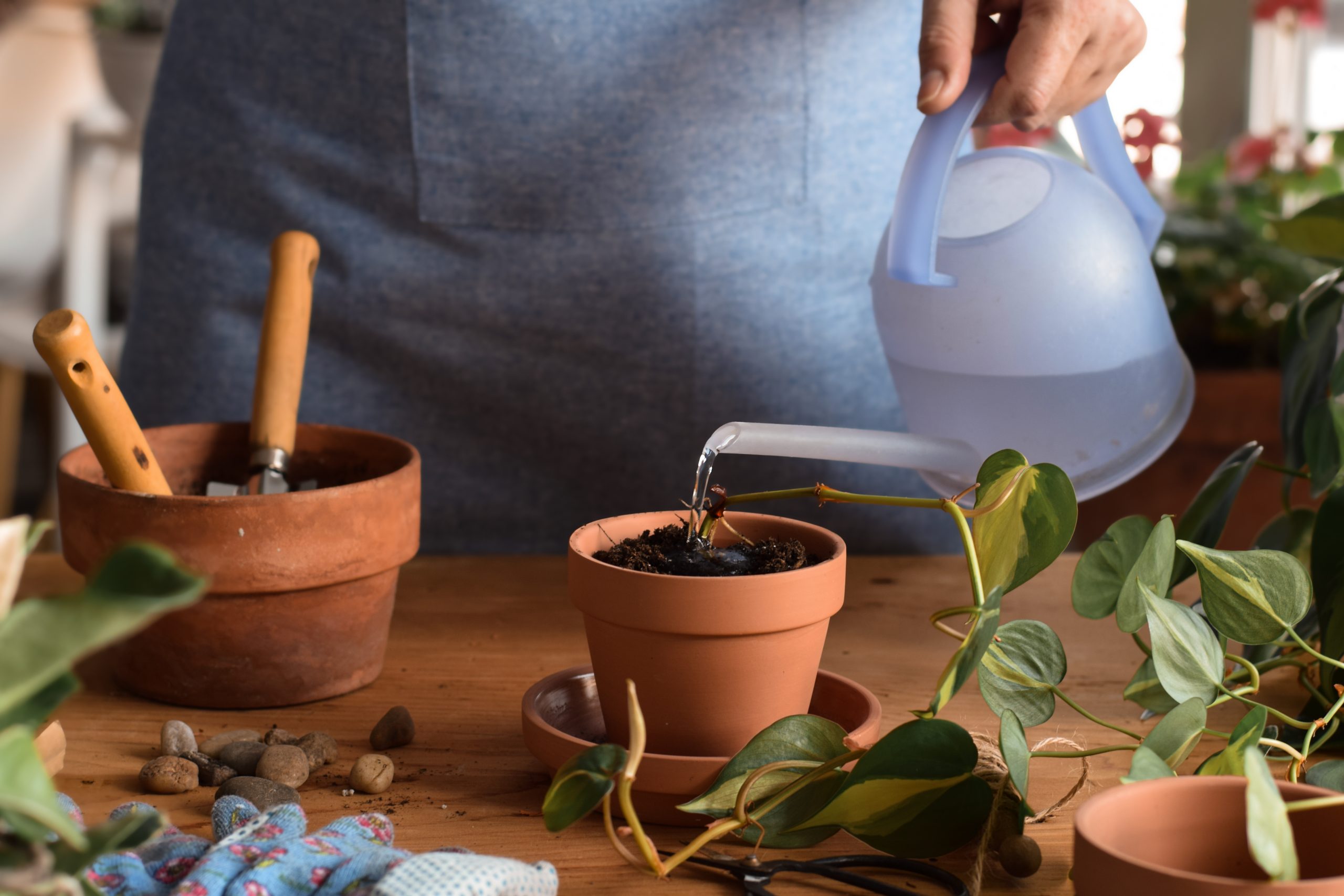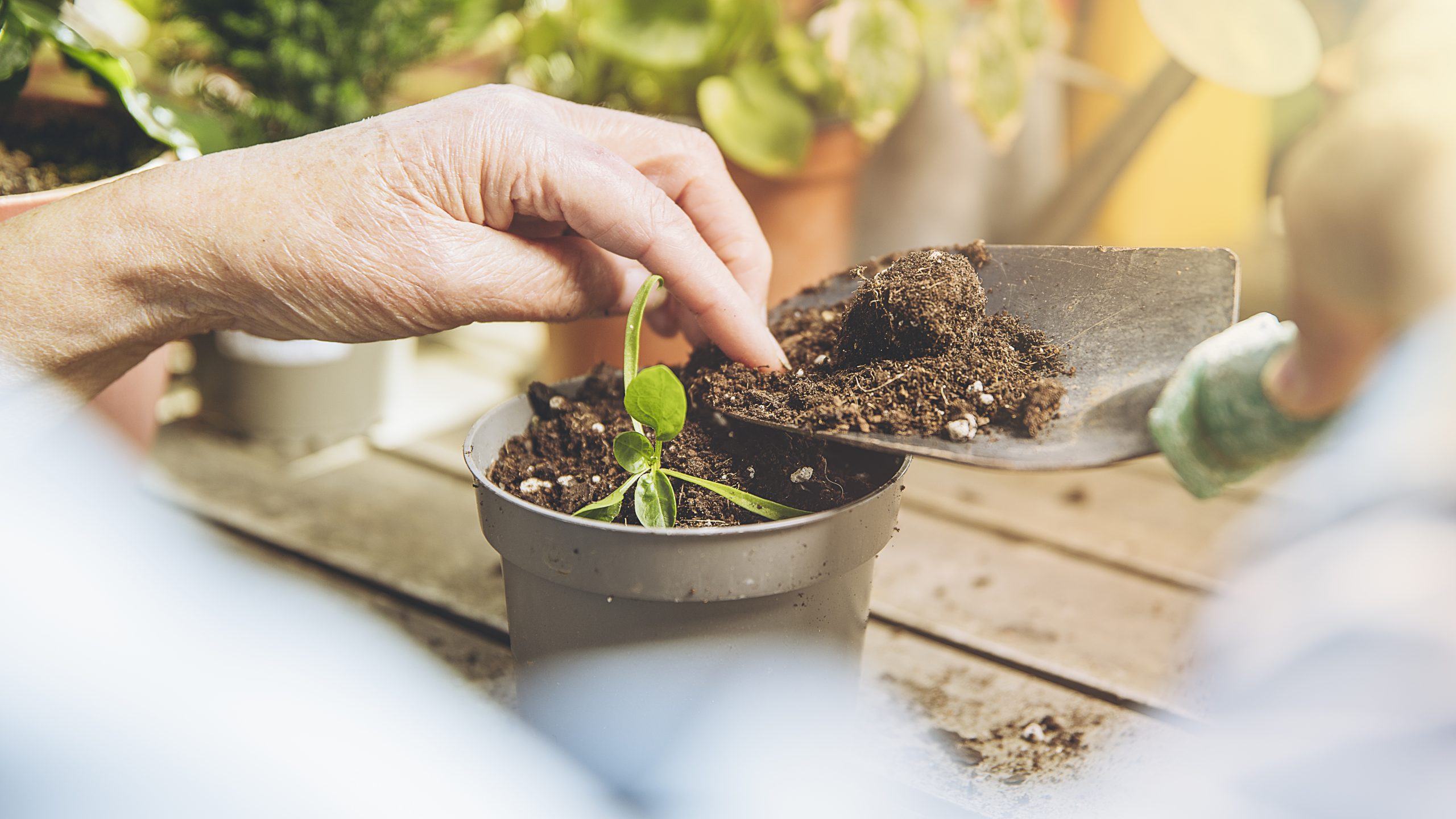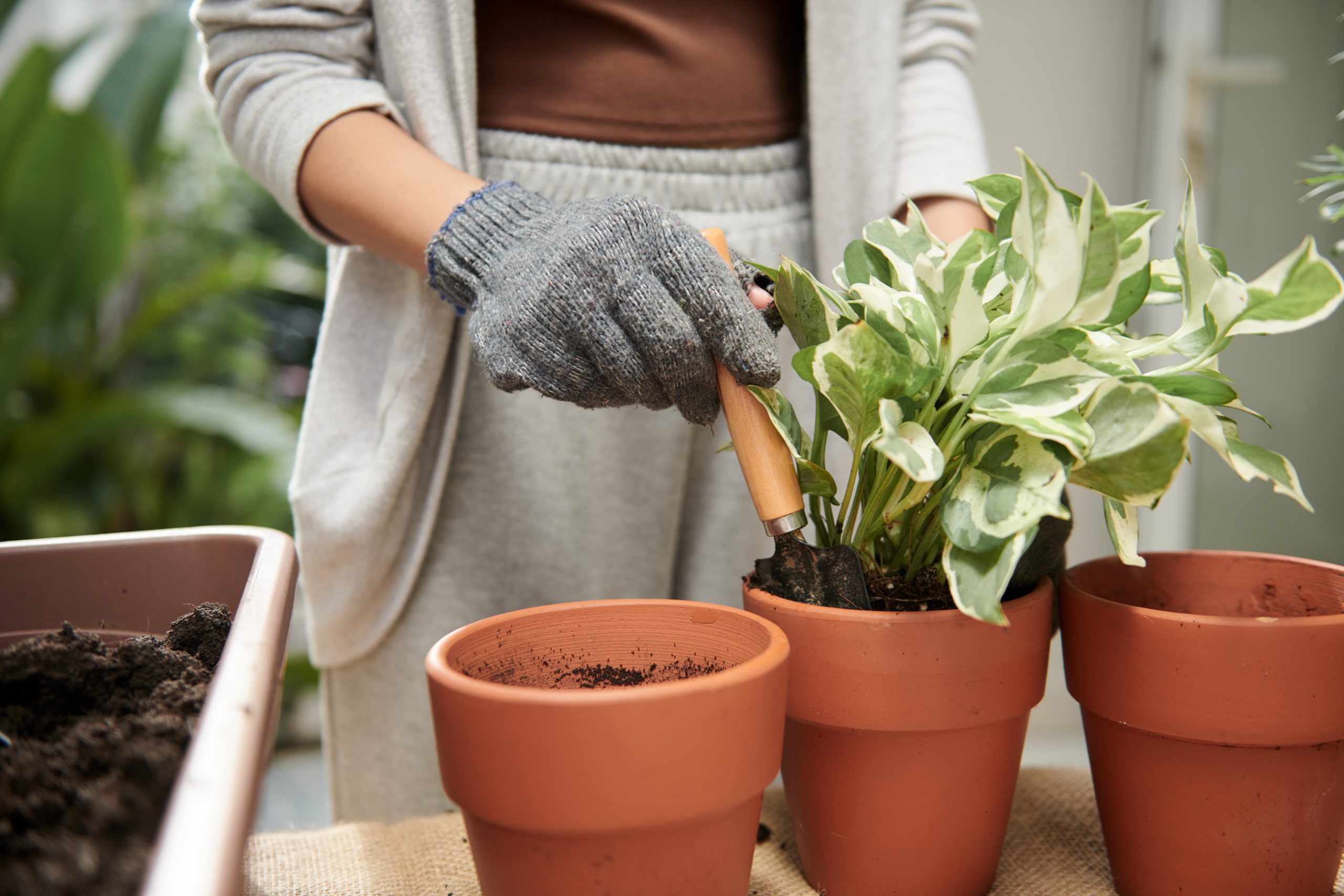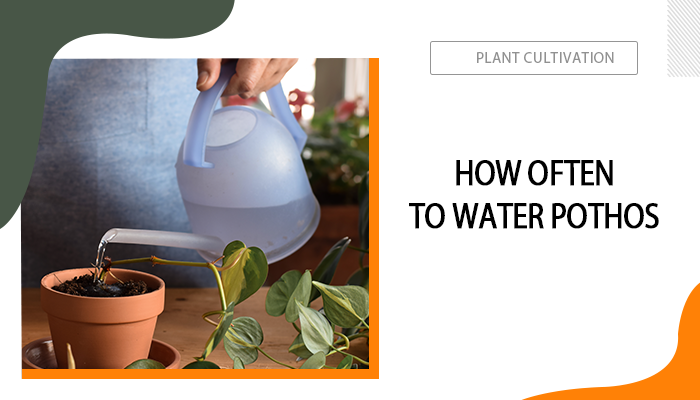Pothos (Epipremnum aureum) is a popular, low-maintenance indoor vine plant known for its lush, trailing vines and attractive heart-shaped leaves. Its adaptability and ability to thrive in a variety of indoor conditions make it a favorite choice among both novice and experienced gardeners. While Pothos is relatively easy to care for, one critical aspect that confuses many growers is how often it should be watered.
Don’t take it for granted that Pothos need a ton of water since it’s a tropical plant - your plant could die from being overwatered. Also, don’t water it too little as it will cause the plant to dry out. So, how often to water Pothos, including how often to water golden Pothos? Read on to find out the perfect balance.
Table of Contents
When to Water Pothos
When it comes to watering your Pothos, the most agreed and followed principle is to water the Pothos when the top 1-2 inches of soil is dry. Simply insert your index finger into the soil about one to two inches deep and feel the soil's moisture level, if the soil feels dry at that depth, it's time to water. If it's still slightly damp, it's best to wait a bit longer before watering.
Although this rule of thumb is nothing wrong in most cases, one issue is that the soil deeper down in the pot is likely to get overwatered, therefore causing root rot. To avoid overwatering the Pothos, some experienced growers on the forum post a different approach that might shed light on this issue.
Use a Wooden Chopstick to Check the Moisture
- Take a wooden chopstick and insert it into the soil, pushing it all the way down to the bottom of the pot.
- When you pull out the chopstick, check its moisture level. If it's dry or nearly dry, it's time to water. However, if it feels damp, hold off on watering.
- When you notice the entire pot's soil has dried out sufficiently, it's necessary to water your Pothos thoroughly.
How Often to Water Pothos
Once you know how to tell if the Pothos need water or not, here comes the answer to how often should you water them. The frequency of watering may vary based on a wide range of factors, say, the soil type, lighting conditions, pot drainage, temperature and humidity, etc. Fortunately, there are some general rules you can follow in terms of how often to water Pothos plants in the winter and summer.
- Pothos require more frequent watering during the active growing season (spring and summer) and less during the dormant phase (winter).
- During spring and summer, you can water Pothos 1 or 2 times a week. On the contrary, watering your Pothos every two weeks should be enough during the winter.

Signs of Overwatering & Underwatering
On one hand, overwatering can be detrimental to Pothos, mainly leading to root rot and therefore ruining the whole plant growth stage. Signs of overwatering Pothos include yellowing leaves, especially if the leaves feel soft and appear translucent. Furthermore, soggy or waterlogged soil is another indicator. If you notice water pooling on the soil's surface or an unpleasant, musty smell, you may be overwatering.
On the other hand, Pothos is also susceptible to under-watering, which can cause the leaves to become droopy and dry. If the soil becomes extremely dry, it may pull away from the sides of the pot. You can inspect the soil surface to see if it appears cracked or feels very dry to the touch.

4 Rules to Water Pothos Properly
When actually watering your Potho plants, the following rules can greatly boost their health and well-being.
- Select the Right Water: Use room-temperature water that has been sitting for a while to allow chlorine to dissipate. If your tap water is heavily chlorinated, consider using filtered or dechlorinated water.
- Choose the Correct Pot: Ensure that your Pothos is potted in a container with drainage holes at the bottom. You don’t want to see overwatering and root rot happen, do you?

- Water Thoroughly: Take the pot to the sink or an appropriate watering area and water the plant until you see water draining from the pot's drainage holes, ensuring that the entire root system gets hydrated.
- Drain Excess Water: Make sure the excess water is drained completely from the pot. Ensure there is no standing water in the saucer beneath the pot.
FAQs about How Often to Water Pothos
- How do I know if my Pothos needs water?
You can check if your Pothos needs water by performing the "finger test." Insert your finger into the soil about 1-2 inches deep. If it feels dry at this depth, it's time to water. Additionally, you can also use a chopstick to text the whole soil situation.
- Can Pothos go for 3 weeks without water?
Pothos is a resilient plant, but going three weeks without water is just too long. While it can tolerate short periods of drought, extended periods without water may stress the plant, and it's best to maintain a regular watering schedule to keep it healthy.
- Can a Pothos go 10 days without water?
Pothos can typically go about 10 days without water, depending on environmental factors like temperature, humidity, and the size of the pot. However, it's not a wise idea to leave your Pothos there without monitoring. If you plan to be away for an extended period, consider having someone water your Pothos while you're gone or use self-watering systems.
- Can Pothos get too much water?
No, it’s not suggested to get too much water for your Pothos, as overwatering can possibly cause root rot. It's crucial to allow the soil to dry out slightly between waterings and ensure proper drainage in the pot.






